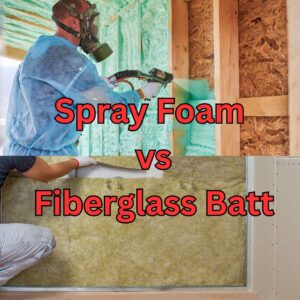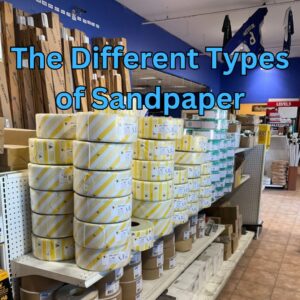Joint compound vs spackle is a debate that any drywall installer, repairer, or DIY enthusiast must consider when handling drywall jobs. Both joint compound and spackle are building materials used for fixing imperfections in drywall.
When deciding between joint compound and spackle, the bulk of the decision relies heavily on what you will be doing. If you are interested in learning more about joint compound, we have put together the ultimate guide to drywall joint compound that you can already read. However, we haven’t written a guide together for spackle yet, so we will be exploring what spackle is in the next section.
What is Spackle?
Spackle is a brand-name product made by the Muralo Company. Spackle is made from gypsum binding agents and has a thicker consistency than joint compound. Spackle is made in two different forms.
What is Lightweight Spackle?
The first is a lightweight spackle. This spackle is created from vinyl and used to fill small holes made from nails, pins, needles, and more.
Heavy Spackle
On the other hand, heavy spackles are made from acrylic. Heavy spackle is used to fill in larger and thicker holes.
Pre-mixed and Powdered Spackle
Like joint compound, spackle is sold in pre-mixed and powdered mixes. If you need to preserve any excess spackle, storing pre-mixed spackle in an airtight container is recommended. Meanwhile, only use the powder required for the job for powdered mixes.
-
Aria Flush Drywall Receptacle Mount [Luxe]
Rated 0 out of 5Interior Accessories CAD $21.00 – CAD $43.00 -
Aria Flush Drywall Receptacle Mount [Lite]
Rated 0 out of 5Interior Accessories CAD $9.50 – CAD $37.50
Joint Compound vs Spackle
If you are taping or finishing drywall, joint compound is the correct choice. However, if you are repairing or filling in holes, spackle is preferable. You can still use drywall joint compound to fill holes if you do not have spackle. There are three reasons why you would want to choose spackle for repairing holes in drywall.
Spackle dries quicker
Spackle is preferred because it dries much faster than joint compound. Using spackle, you can sand and paint within an hour after applying.
Spackle doesn’t shrink much
Using spackle to repair holes is ideal as spackle does not shrink as much as joint compound. Mud shrinks after applying, requiring multiple layers of application. Spackle does not shrink as much as joint compound.
Spackle is easier to use
Spackle is easier to use than compound as spackle is a thinner paste and, as a result, much lighter. Spackle is initially more expensive. However, drywall compound can be the more expensive option as you will need more joint compound to finish a coat.
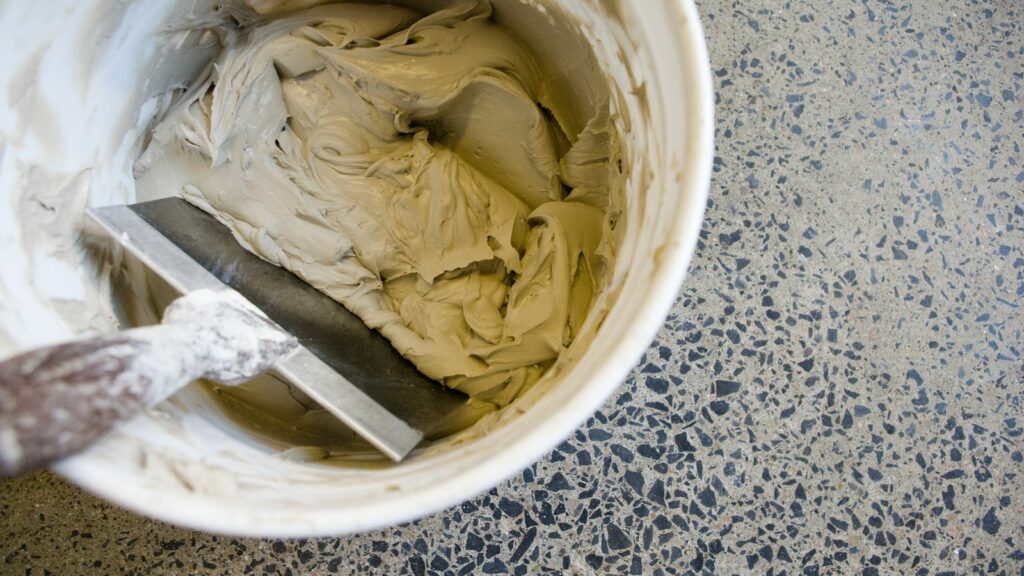
When Should I Use Spackle?
When debating drywall compound vs spackle, spackle is preferred when covering small holes in drywall. In any other situation where spackle is considered, joint drywall compound is favoured instead.
Can I Use Drywall Compound Instead of Spackle?
Yes, you can use drywall compound instead of spackle. Instead, you can use joint compound as it is made from a more robust material than spackle.
When Should I Use Drywall Joint Compound?
Drywall joint compound is most useful when coating drywall, and this is the most common application of drywall joint compound. We use mud compound because it hides all damage and blemishes from the surface of the drywall.
Can I Use Spackle Instead of Drywall Compound?
No, you cannot use spackle in place of drywall compound. The reason is that spackle does not shrink as much as joint compound, and thus, spackle is weaker than drywall compound.

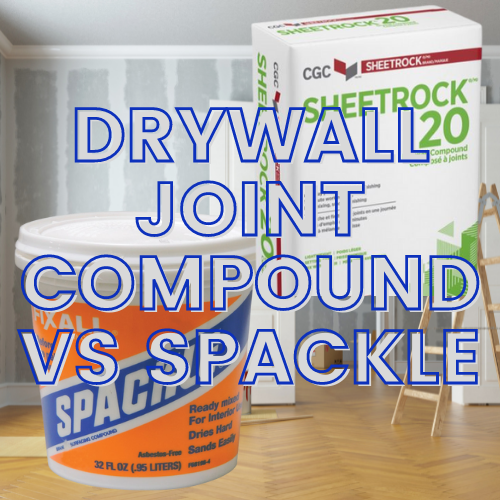
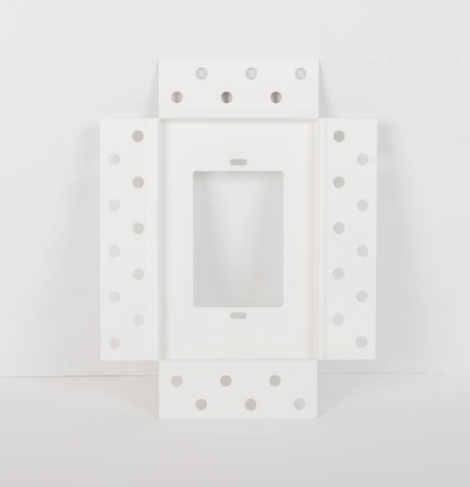
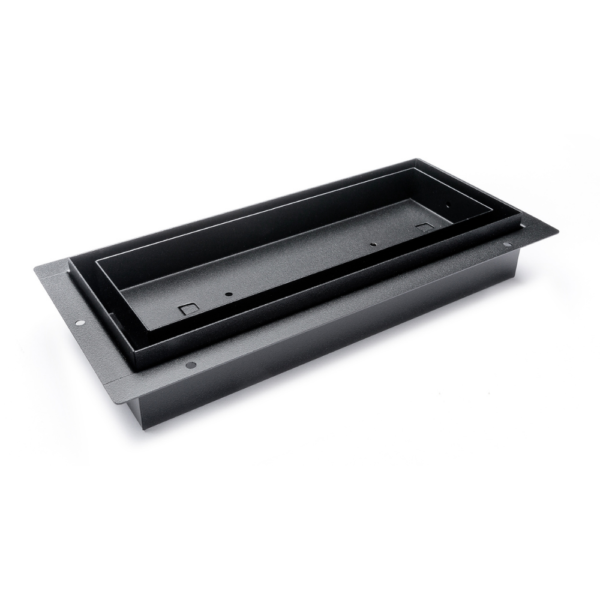
![Aria OG [Return]](https://masterbuildingmaterials.com/wp-content/uploads/2022/11/AV8X30BK-AV8X14BLK-600x600.jpg)
![Aria Flush Drywall Receptacle Mount [Lite]](https://masterbuildingmaterials.com/wp-content/uploads/2023/01/Aria-Vent-Flush-Drywall-Receptacle-Mount-Lite-600x600.jpg)
